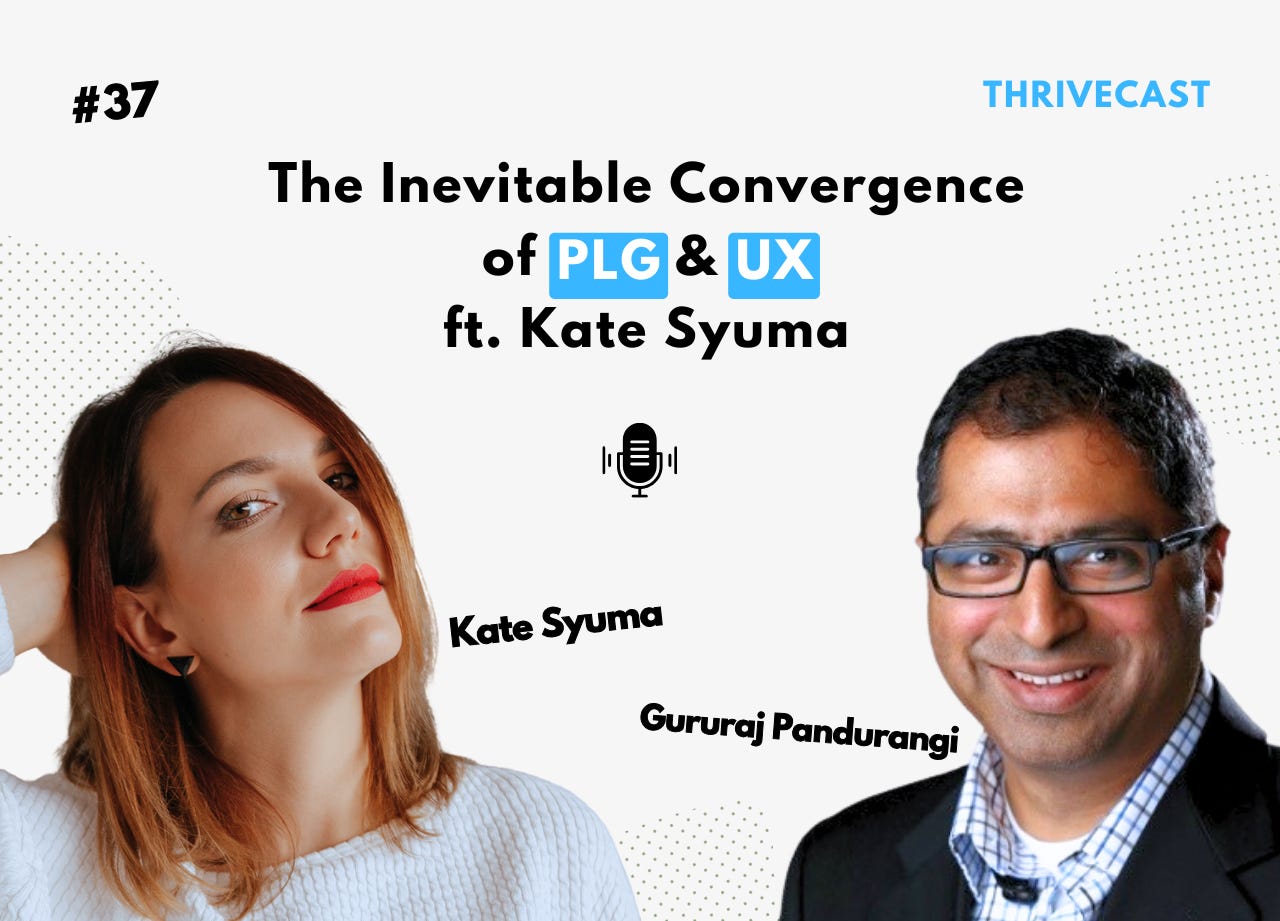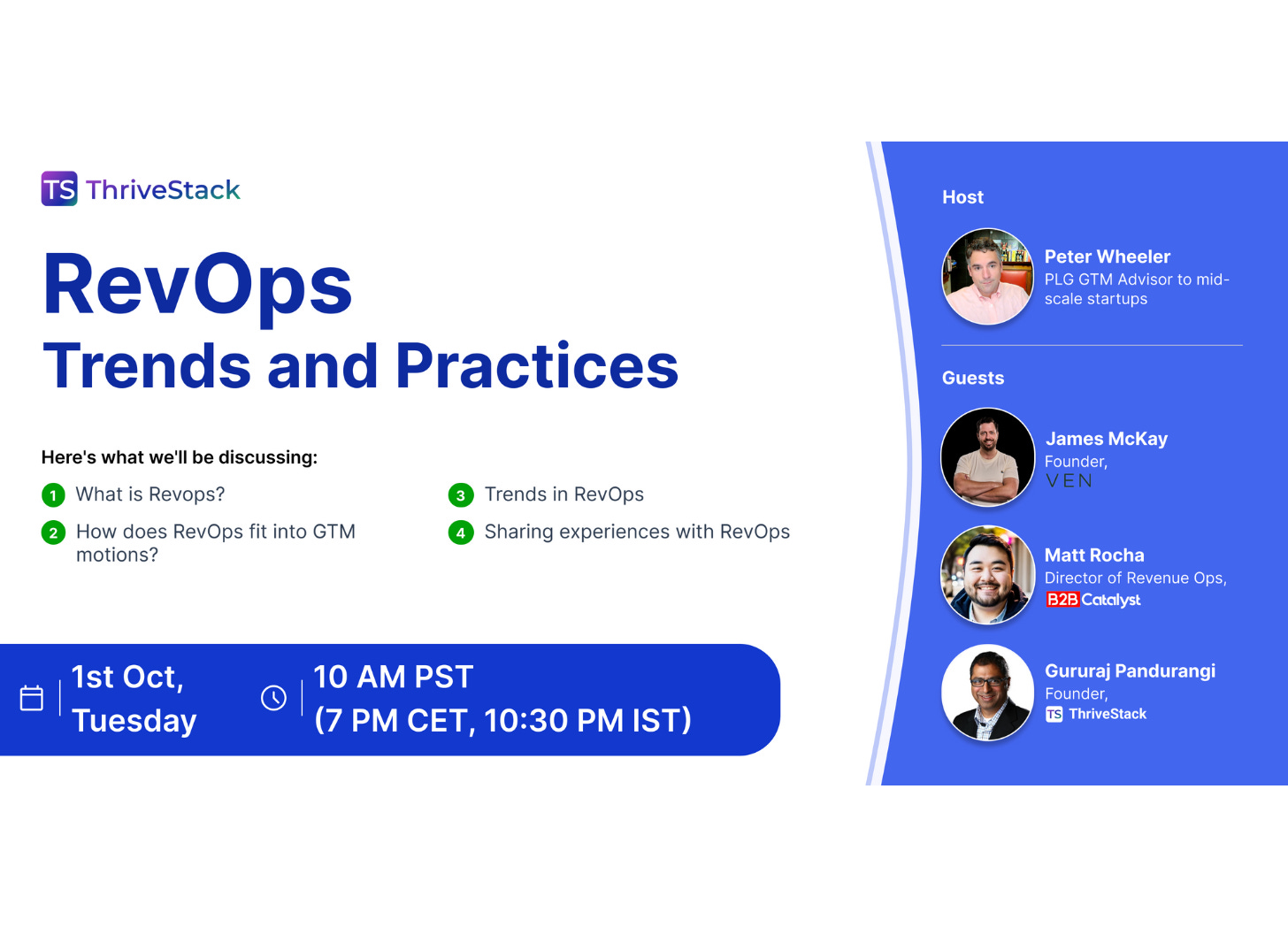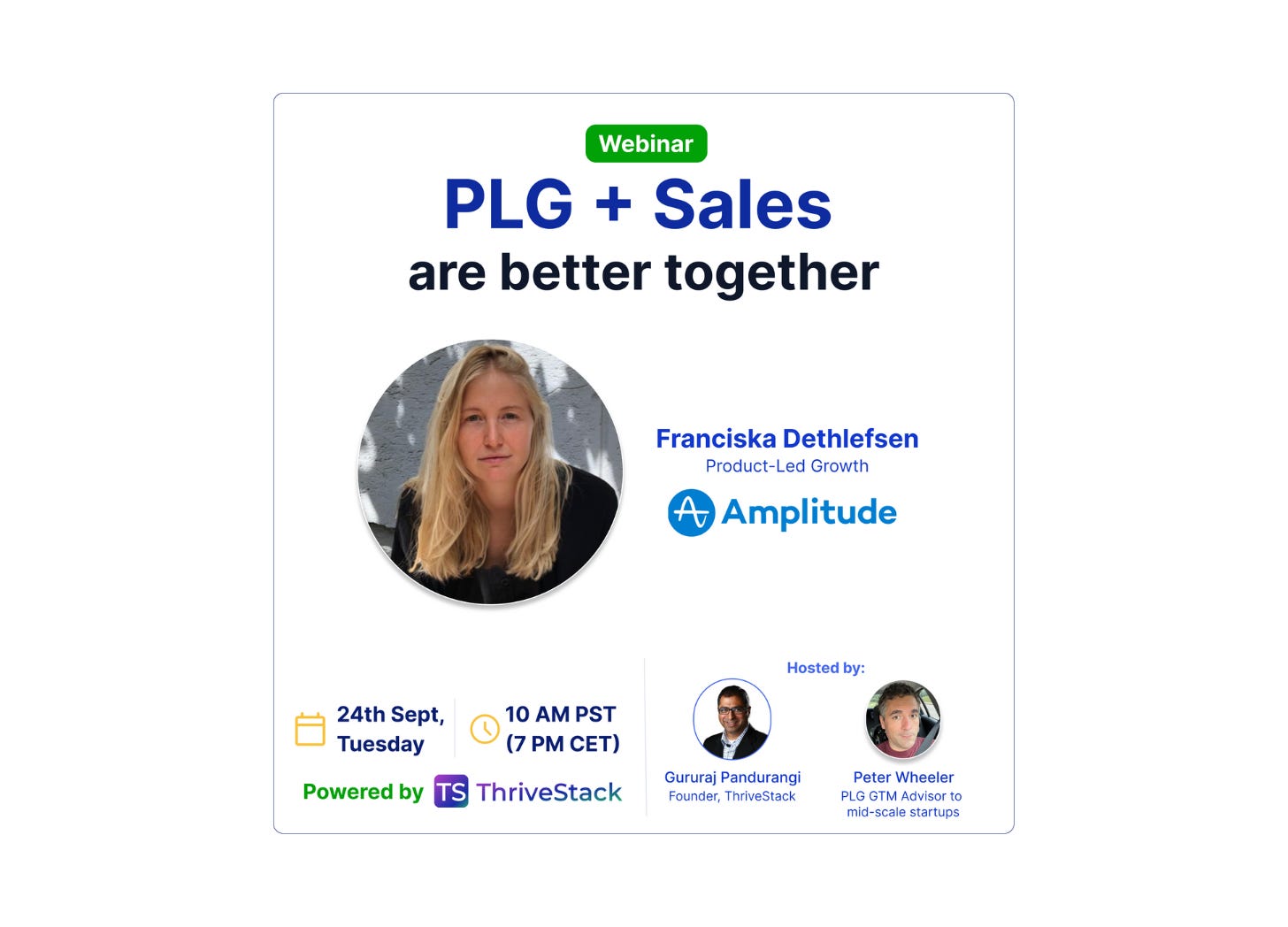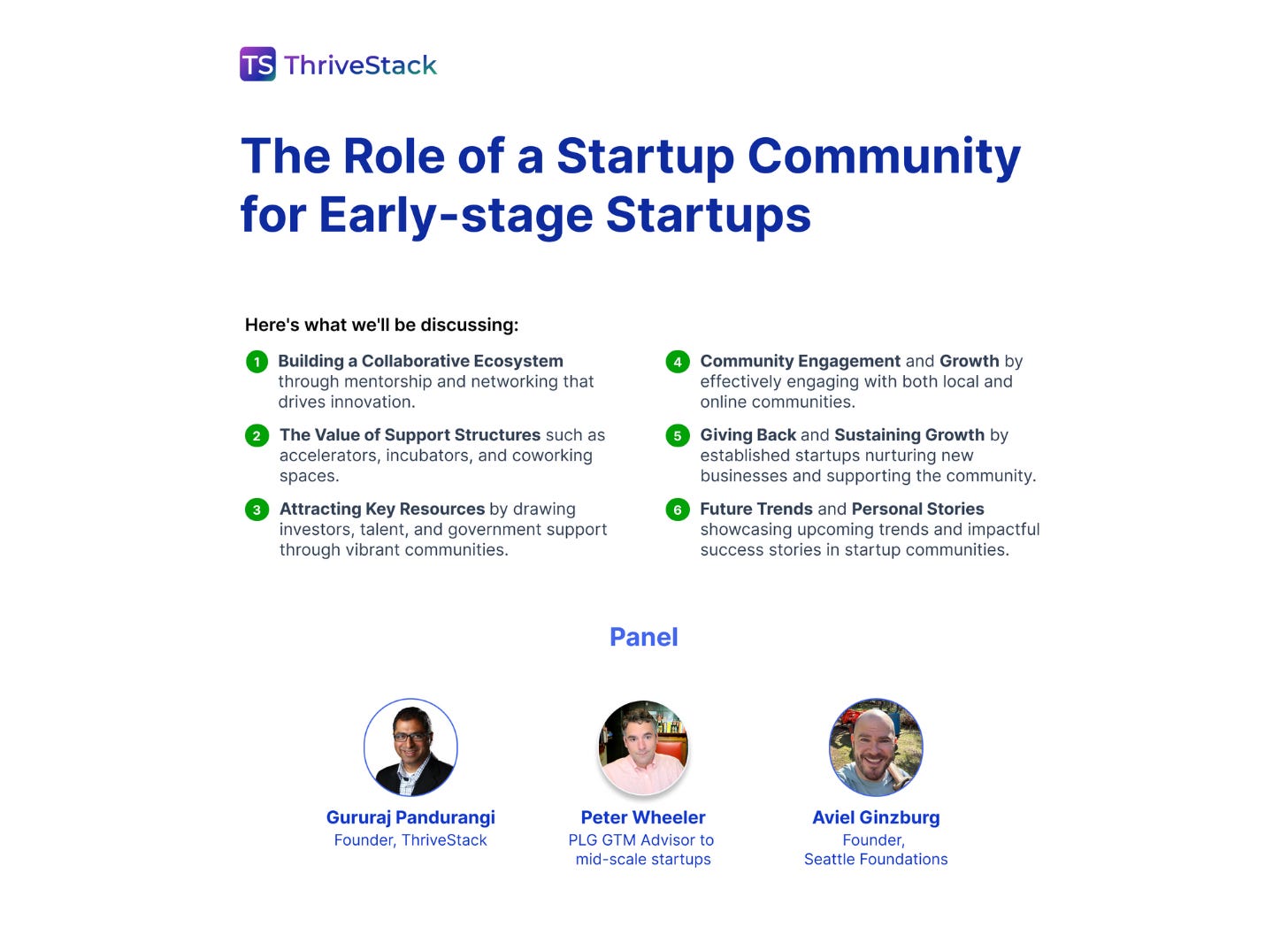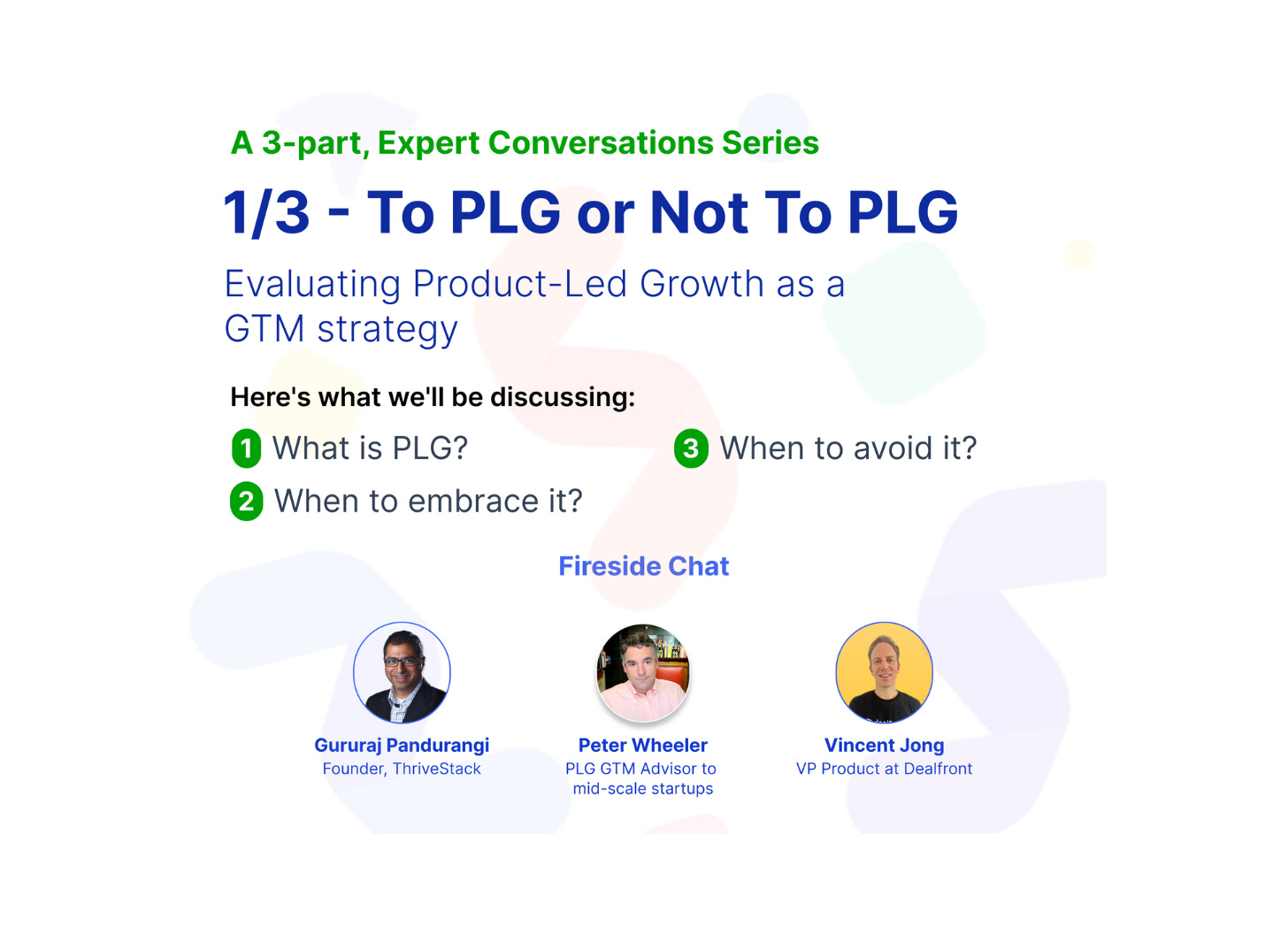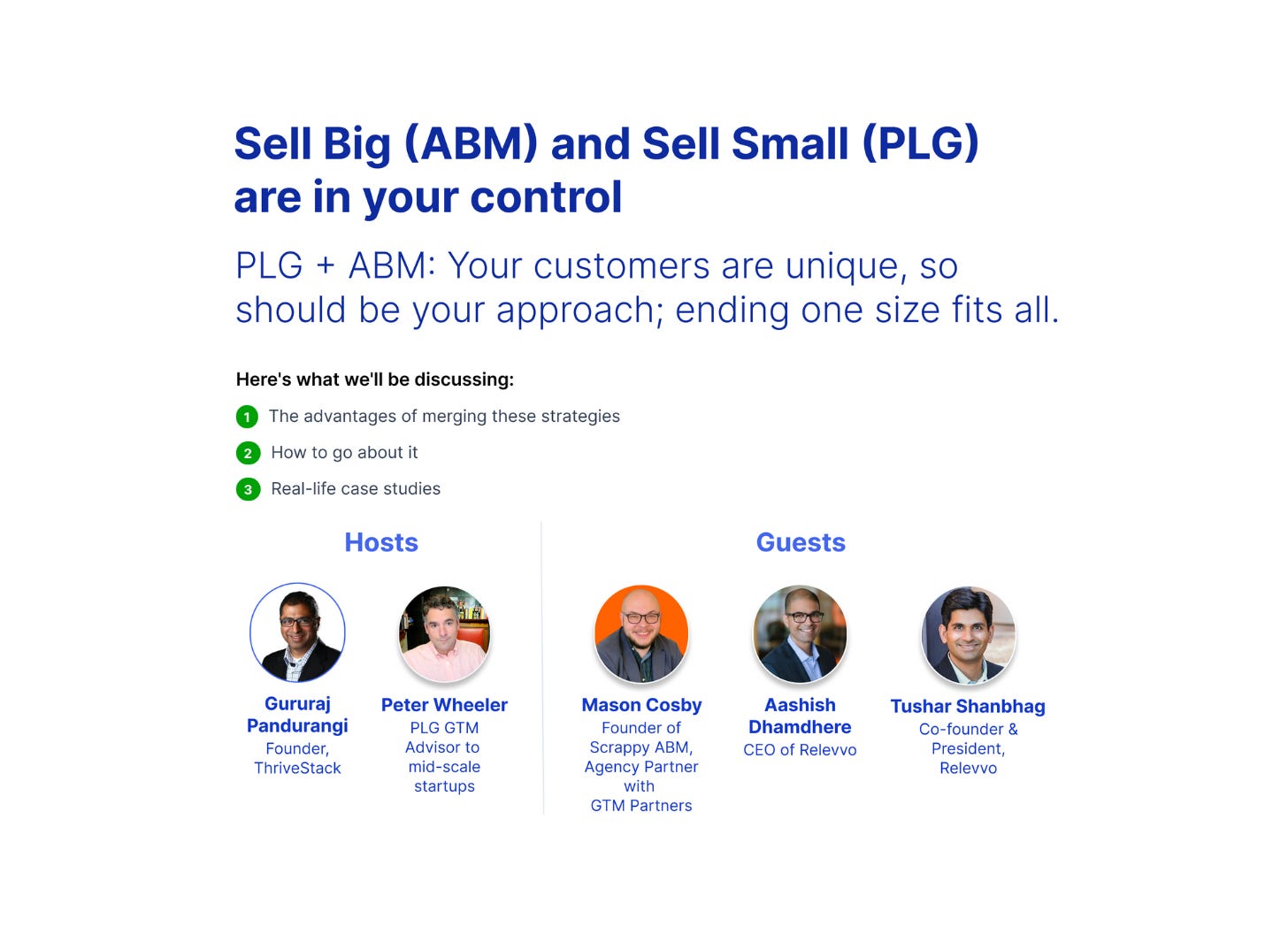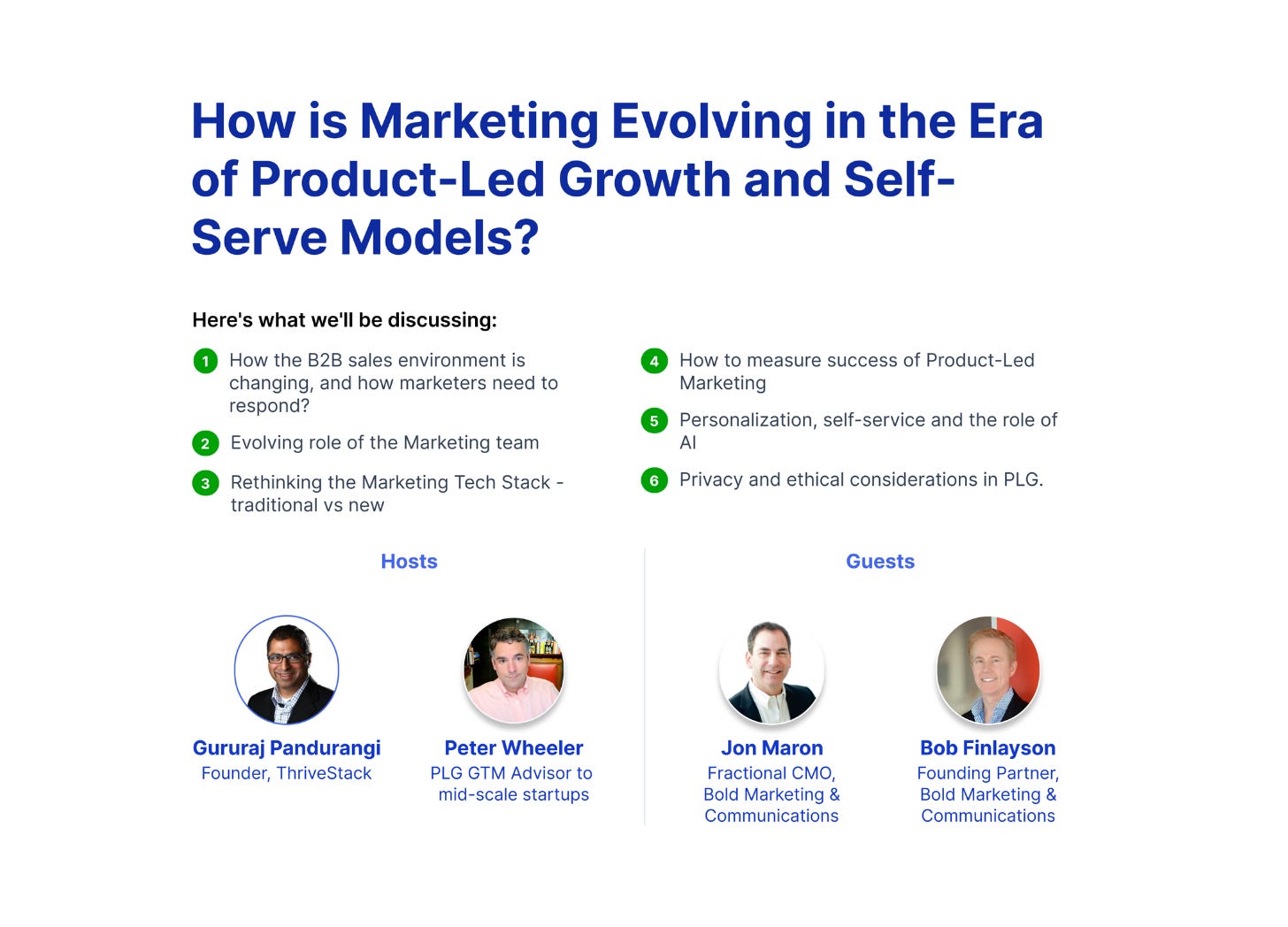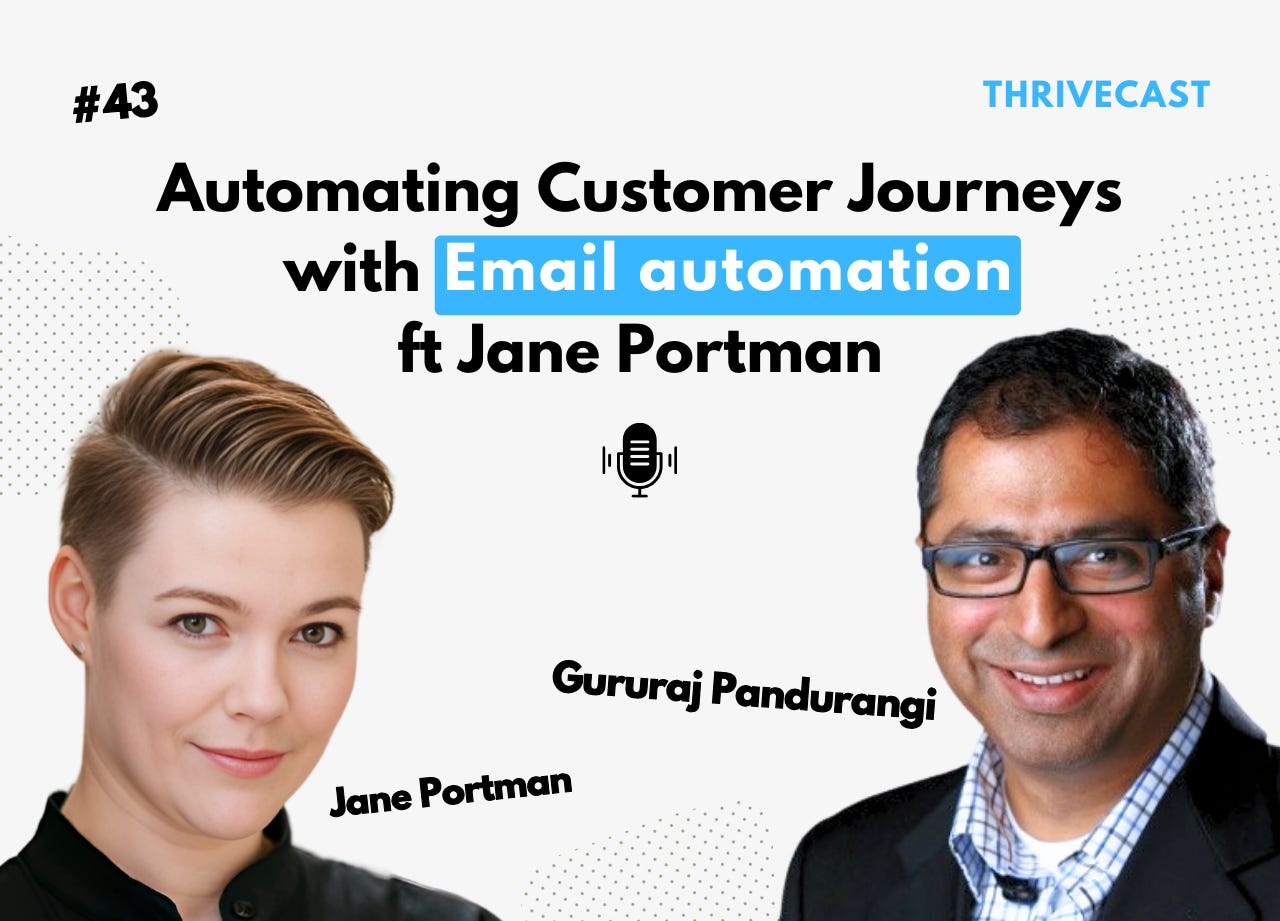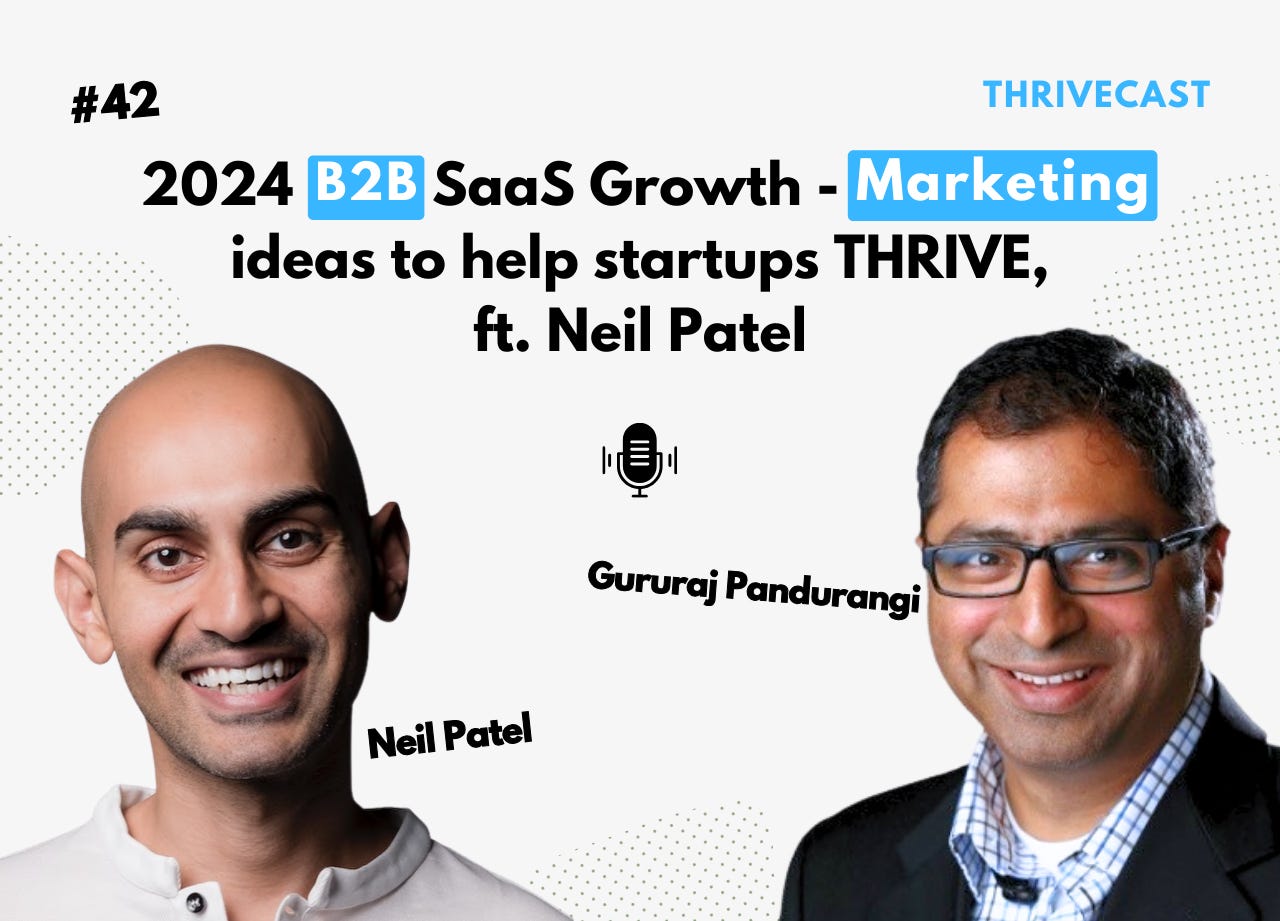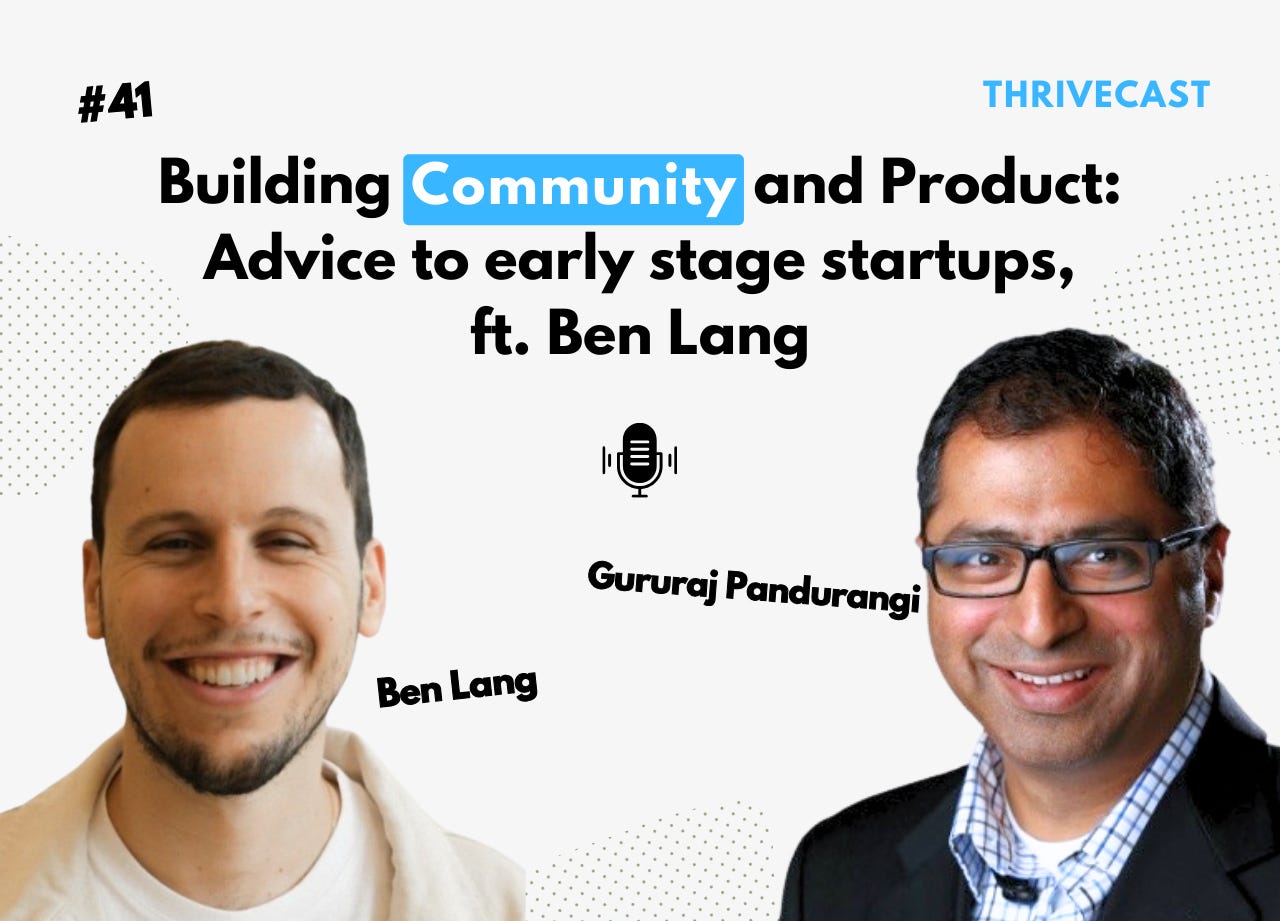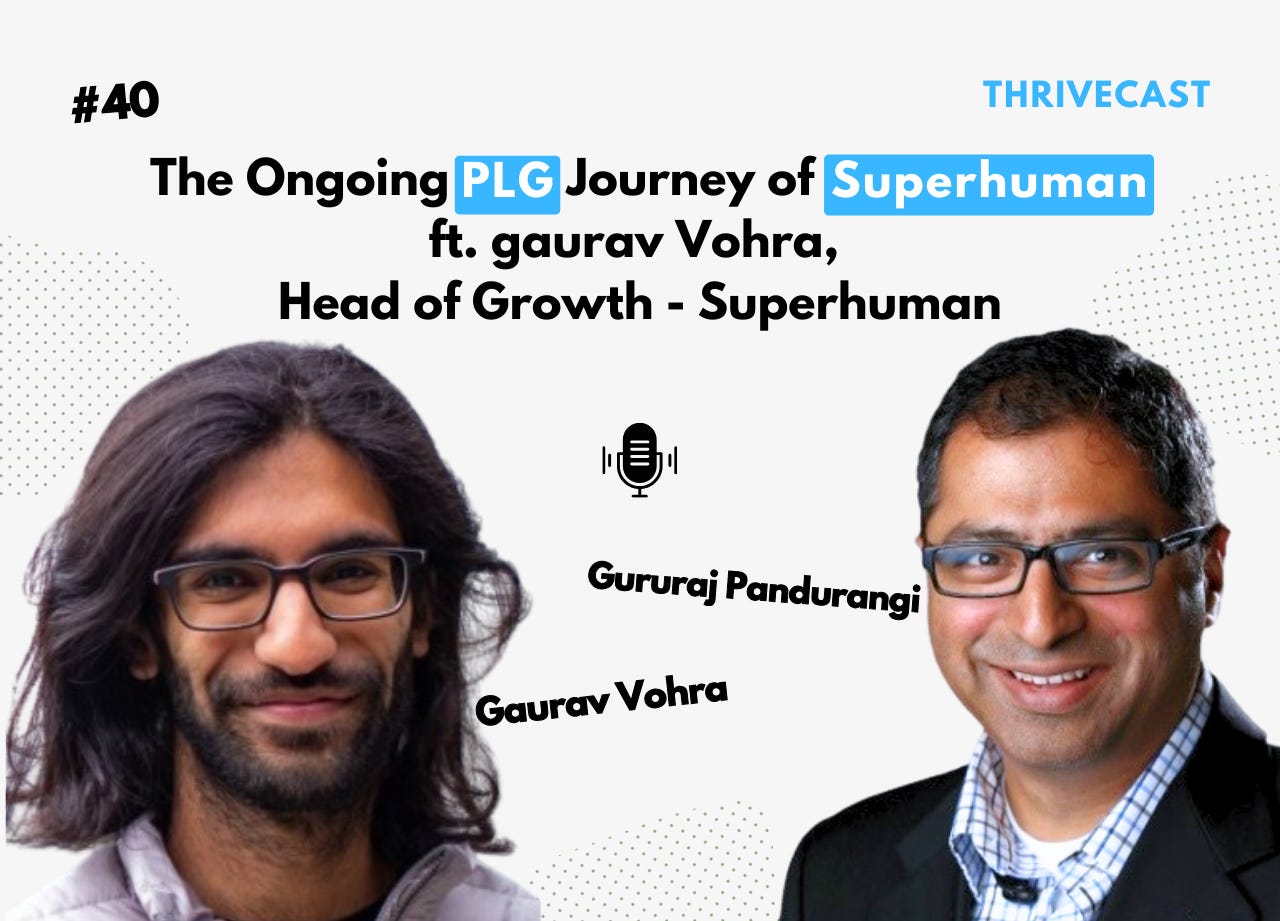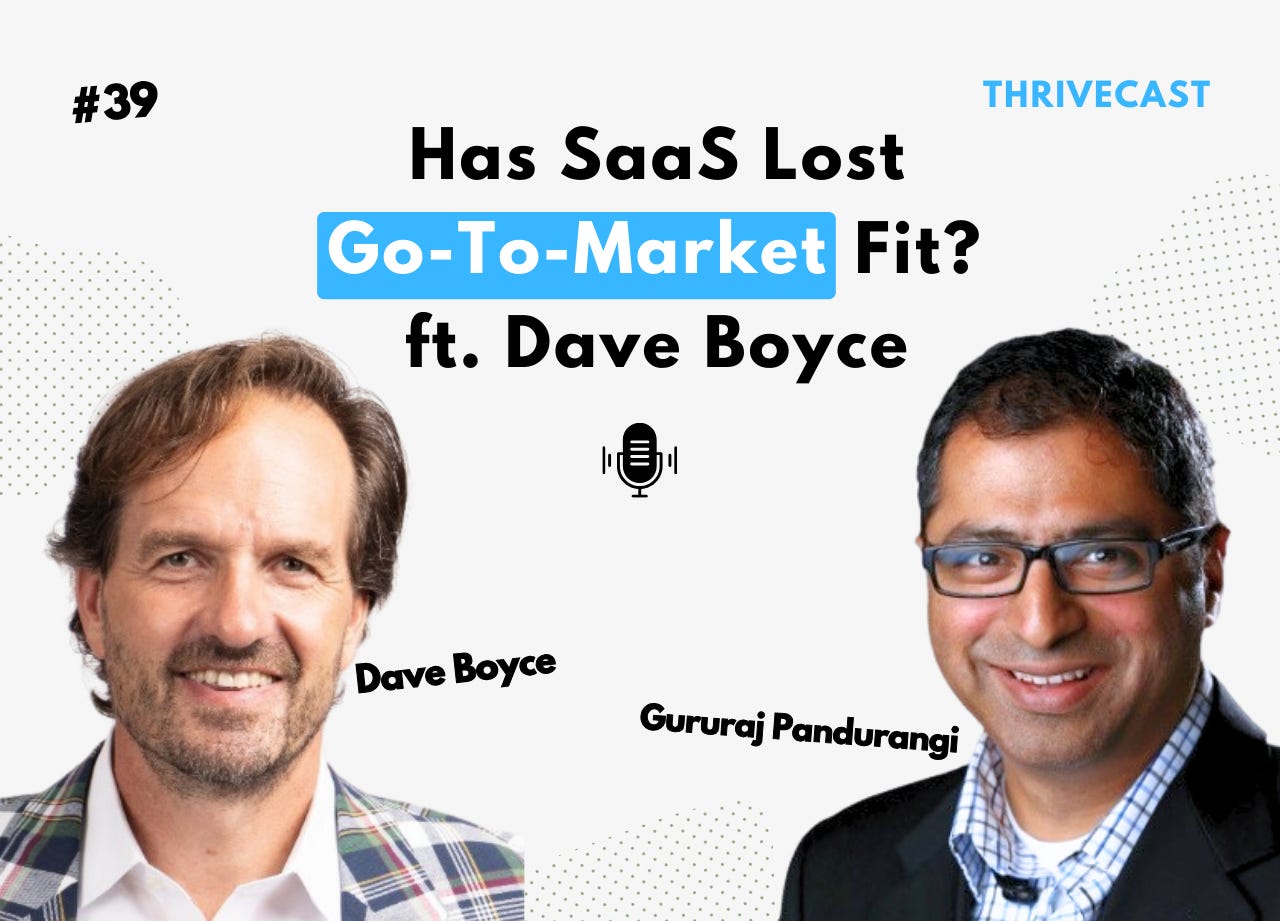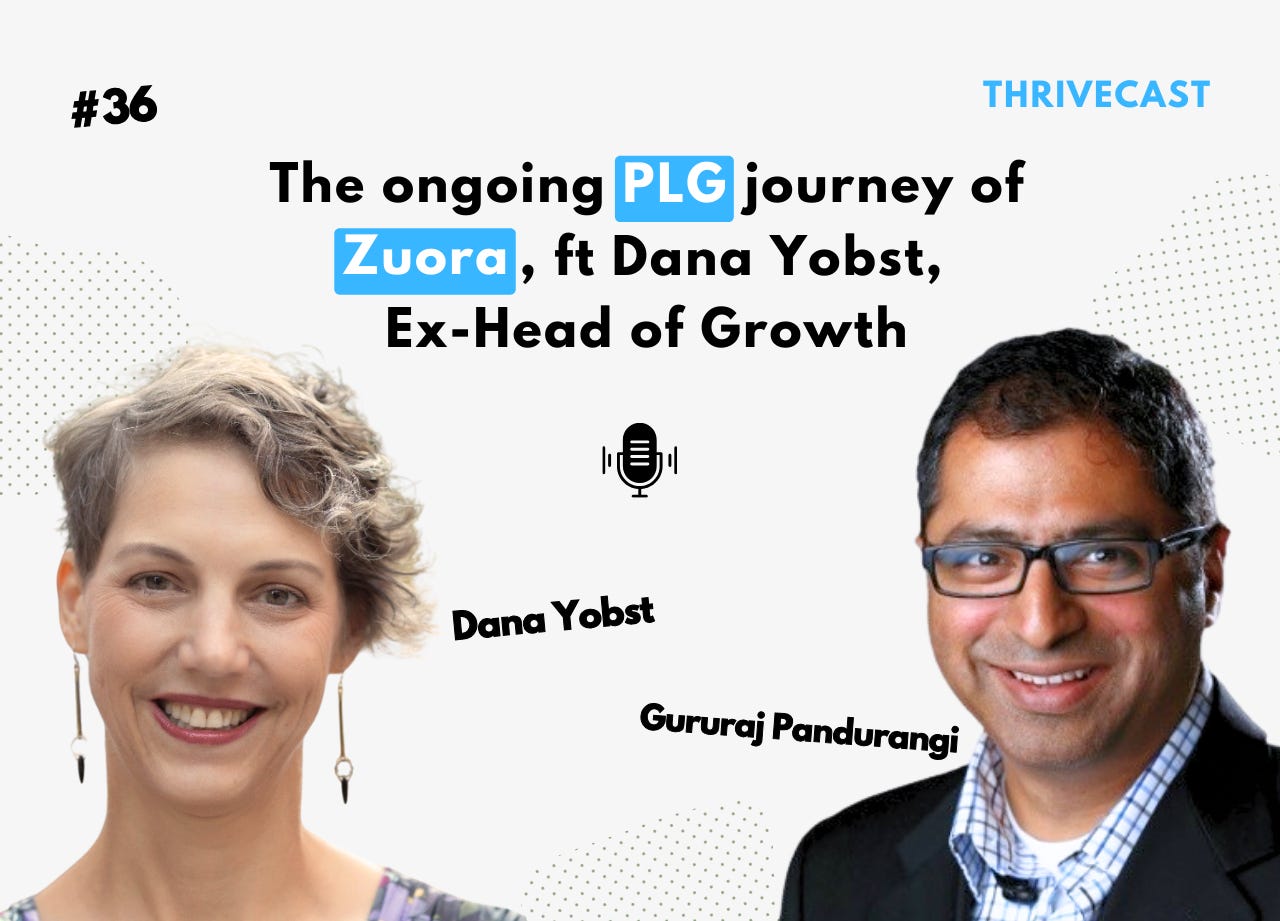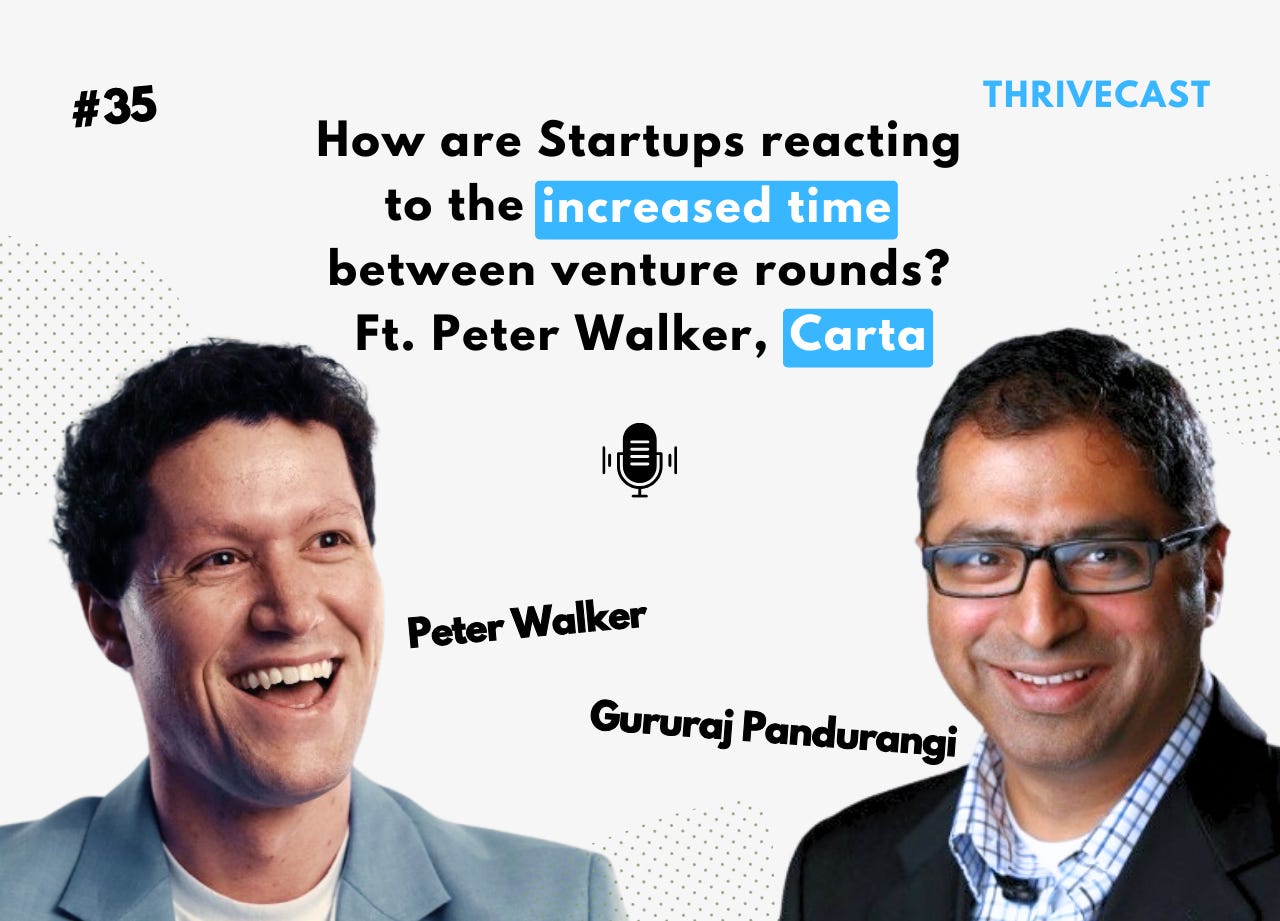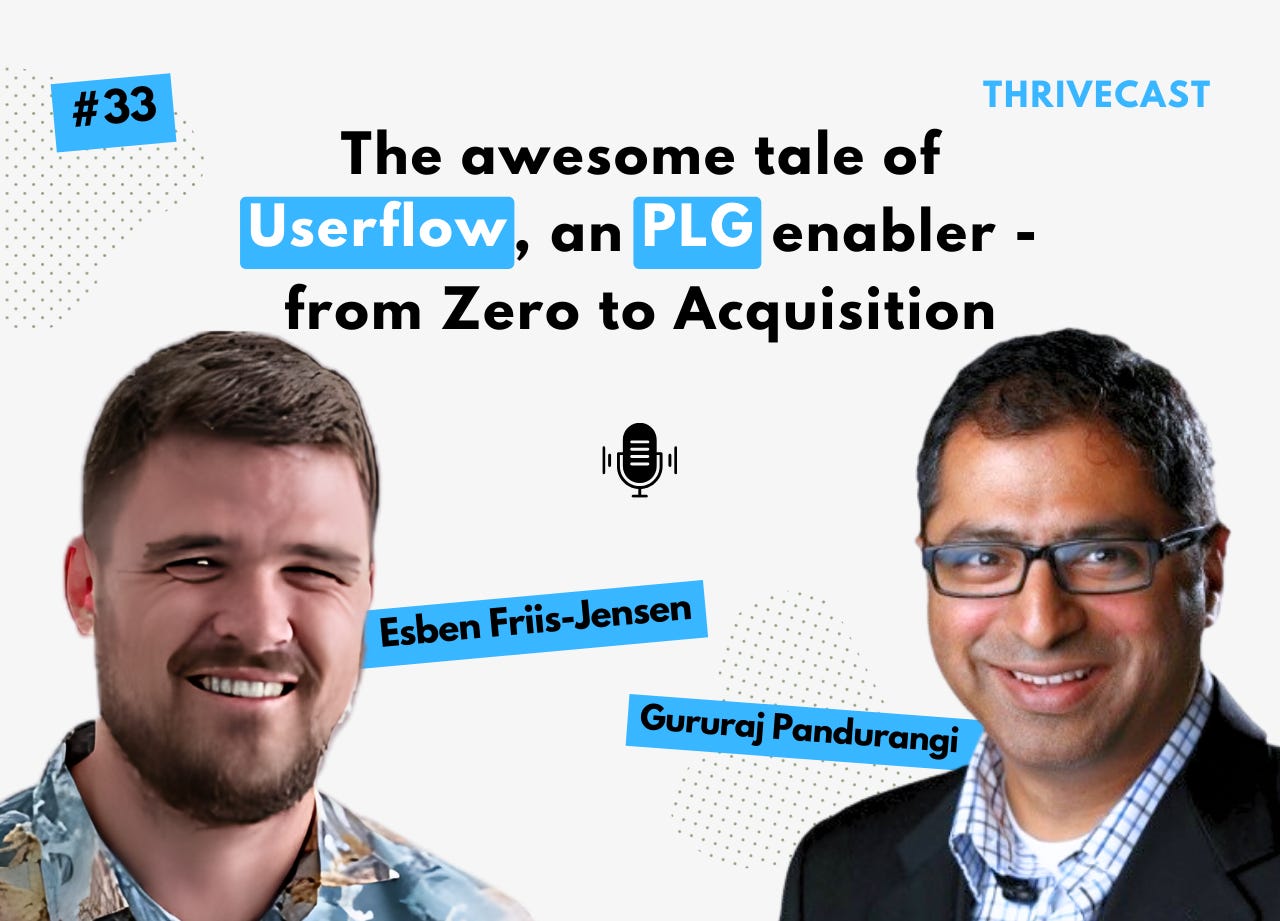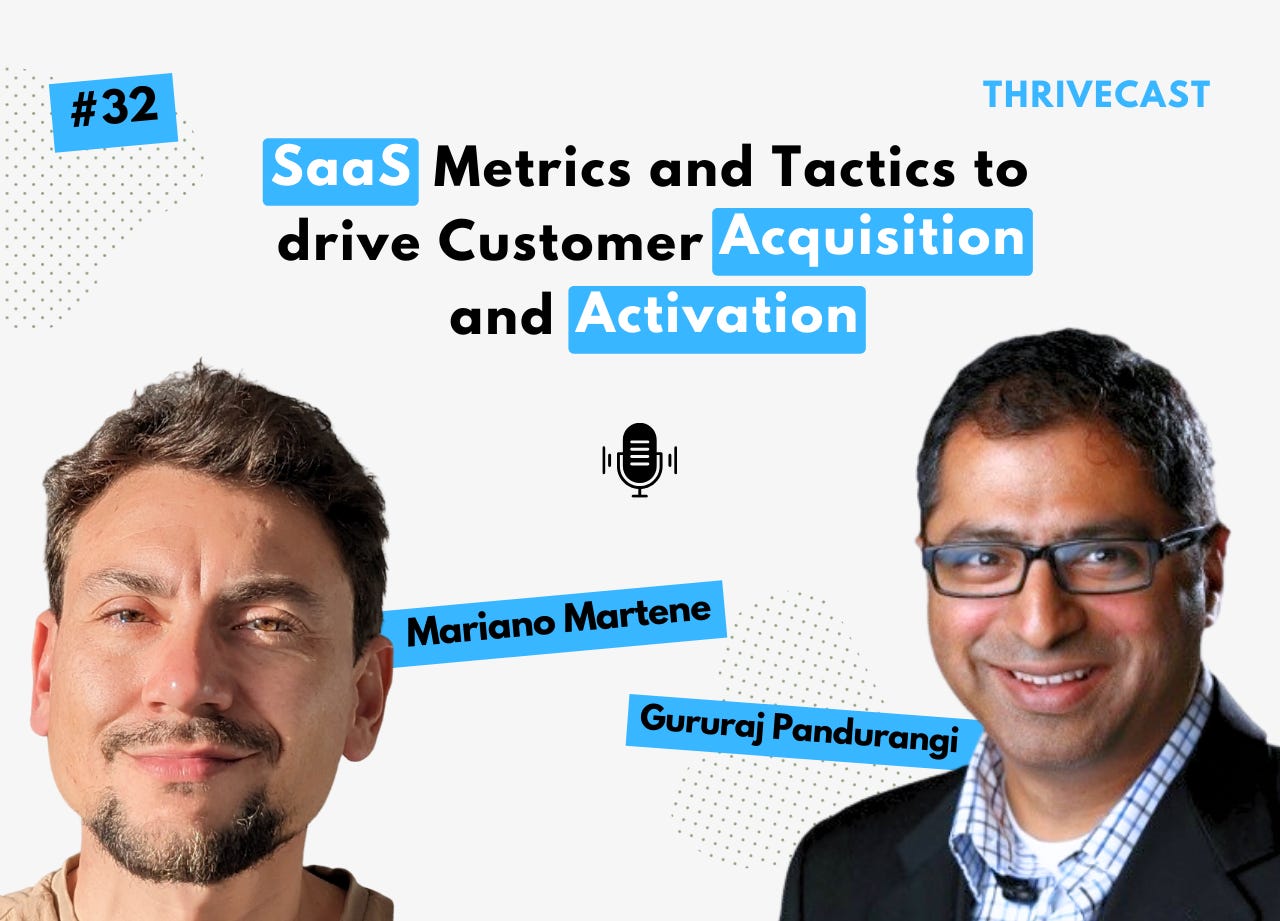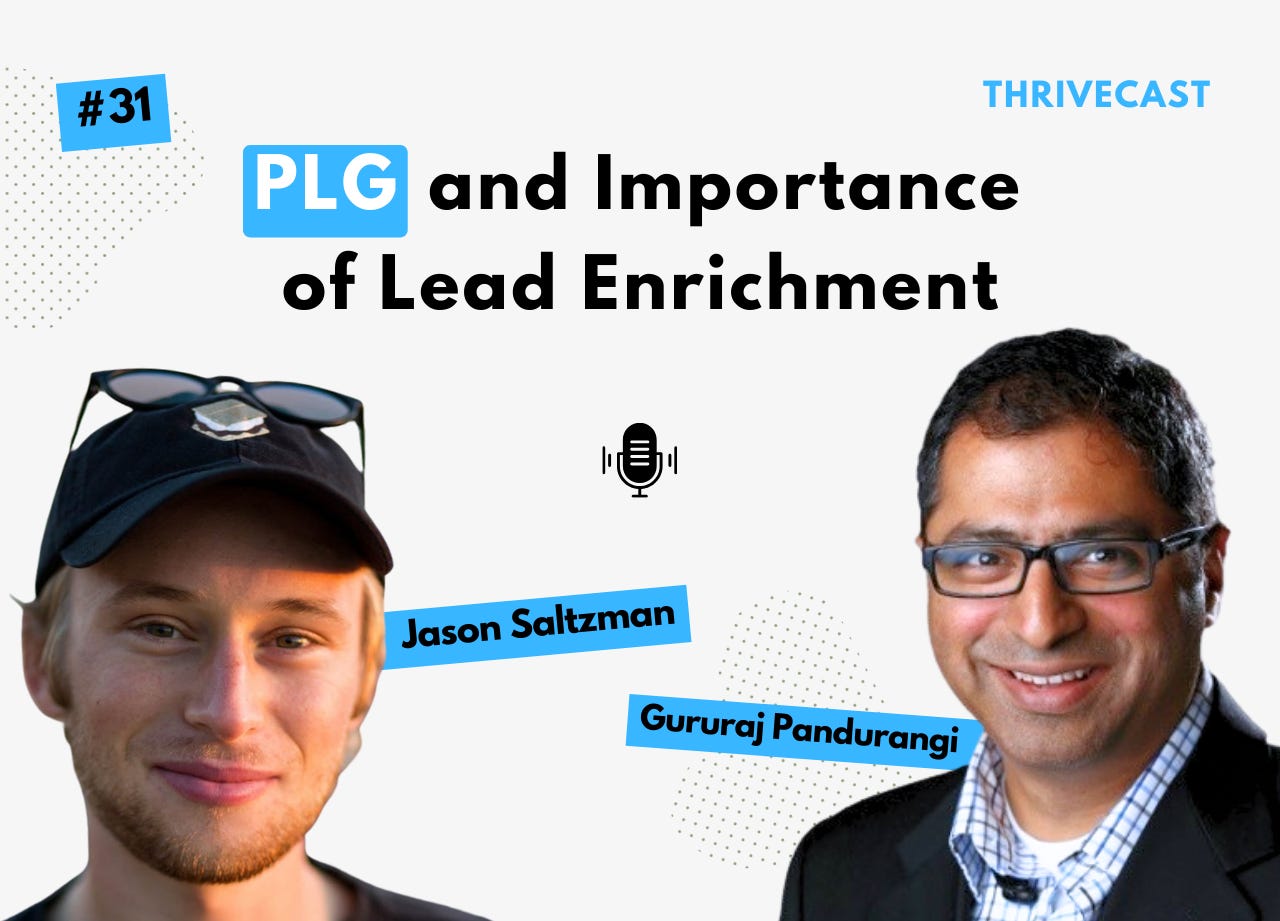#37 — The Inevitable Convergence of PLG & UX ft. Kate Syuma
Description
In this episode, we feature Kate Syuma, a renowned growth advisor and ex-Head of Growth Design at Miro. Kate is a Founder at Growthmates — a platform for learning from industry leaders and an advising practice that guides companies in growing meaningful products by leveraging PLG and enhancing UX quality, together.
Join us as we explore the convergence of these key areas with insights from her extensive experience.
Listen now on Apple, Spotify, Castbox, Google and YouTube.
Connecting PLG Business Thinking with User-Experience (UX) Centricity
Integrating user-centricity into Product-Led Growth (PLG) strategies is essential. Understanding end-to-end user journeys helps identify critical touchpoints and areas that need improvement. It is important to grasp user emotions and apply empathy, as this creates a more engaging and supportive experience. Leveraging key behavioral principles allows for designing experiences that naturally guide users towards desired actions.
Connecting problem hypotheses and predictions to solutions ensures that teams focus on real user issues. Establishing clear metrics for success, known as "What Success Looks Like" (WSLL), enables teams to measure the impact of their strategies and make data-driven decisions.
Framework for User-Centric PLG
* Understanding End-to-End User Journeys: Kate stresses the importance of mapping the entire user journey to identify key touchpoints and potential pain points.
* Understanding User Emotions and Being Empathetic: Emphasizing empathy, Kate highlights the need to understand user emotions to create a more engaging and supportive experience.
* Leveraging Key Behavioral Principles: By applying behavioral psychology, companies can better predict user actions and design more intuitive experiences.
* Connecting Problem Hypotheses and Predictions to Solutions: She discusses the value of formulating hypotheses about user problems and testing predictions to find effective solutions.
* Identifying and Measuring "What Success Looks Like" (WSLL): Establishing clear metrics for success ensures that teams can measure the impact of their strategies and make data-driven decisions.
Examples of Good Practices in PLG and UX
Implementing effective PLG and UX strategies involves learning from successful examples. Kate Syuma shares insights from several companies:
MailChimp: Integrates manual setup assistance with self-service onboarding, offering users the option to schedule product tours and demo calls with specialists. This combination helps users navigate complex features more easily.
Canva: Uses interactive demo presentations to walk users through various use cases and core features in a safe environment. This approach helps users understand the platform's capabilities early on, fostering engagement and retention.
Intercom: Develops an onboarding hub that combines articles, videos, checklists, and demo sessions. This hub allows users to choose the type of onboarding information that best suits their needs, catering to different learning styles.
Linear: Focuses on creating an intuitive user experience without relying on excessive tooltips or pop-ups. By designing a clear and straightforward product, Linear ensures that users can navigate and utilize the platform effectively from the start.
These examples illustrate the importance of combining user-centric design, empathy, and behavioral insights to create successful PLG strategies.
Common Mistakes in PLG and UX
* Over-Optimizing for Revenue: Prioritizing short-term revenue gains can lead to poor user experiences. It's essential to balance monetization efforts with user satisfaction to ensure long-term success.
* Incorrect Activation Metrics: Many companies struggle with defining the right activation metrics. It's vital to design these metrics based on thorough qualitative and quantitative research, ensuring they reflect meaningful user behaviors that lead to retention and growth.
* Lack of Alignment Between Teams: Misalignment between acquisition and activation teams can result in attracting the wrong user profiles, leading to poor activation rates. Ensuring that both teams share common goals and understand the criteria for targeting the right users is essential for cohesive growth efforts.
* Neglecting Onboarding for New Features: Launching new features without proper onboarding can result in low adoption rates. It's important to apply user onboarding principles to new features, ensuring users understand and can effectively utilize them.
* Ignoring User Feedback: Failing to listen to user feedback can lead to a disconnect between what the product offers and what users need. Regularly gathering and incorporating user feedback helps in refining the product and improving the overall user experience.
By being aware of these common mistakes and actively working to avoid them, companies can create more effective and user-centric PLG strategies.
Closing Statement
Kate Syuma leaves us with a powerful reminder:
"Product-Led Growth is all about self-serve user experience. If your product is not self-servable, there is no such a thing as Product-Led Growth"
How to Reach Kate and Additional Resources
For personalized advice and more insights from Kate, you can reach out to her on LinkedIn or visit her page for details about her advising services.
Subscribe to her newsletter for best practices and industry insights on the intersection of PLG and UX.
For the first anniversary, Kate prepared “The Holistic Growth Playbook” with insights from 100+ companies, expert takes from Dropbox, Amplitude, Loom, and more. You can get it for free on growthmates.club
Key Timestamps
* (00:00 ) Introduction: Welcome and introducing Kate Syuma
* (01:53 ) Kate's Journey: From Miro to founding Growthmates
* (05:03 ) Connecting PLG with UX: Understanding user journeys and empathy
* (07:51 ) Key Behavioral Principles: Designing intuitive experiences
* (10:27 ) Problem-Solution Alignment: Developing effective solutions
* (12:45 ) Measuring Success: Defining "What Success Looks Like" (WSLL)
* (15:09 ) Good Practices: MailChimp's onboarding strategy
* (17:25 ) Canva's Approach: Interactive demo presentations
* (20:38 ) Intercom's Onboarding Hub: Various materials for different learning styles
* (22:26 ) Linear's Intuitive Experience: Clear and straightforward product design
* (25:31 ) Common Mistakes: Over-optimizing for revenue, incorrect activation metrics
* (30:15 ) Onboarding New Features: Ensuring effective use of new features
* (32:47 ) Importance of Feedback: Gathering and incorporating user feedback
* (35:31 ) Closing Statement: Kate's reminder on self-servable products in PLG
* (37:45 ) How to Reach Kate: Contact details, newsletter, and podcast information
Where to Find the Guest:
LinkedIn: Kate Syuma
Where to Find the Host:
LinkedIn: Gururaj Pandurangi
This is a public episode. If you would like to discuss this with other subscribers or get access to bonus episodes, visit resources.thrivestack.ai

